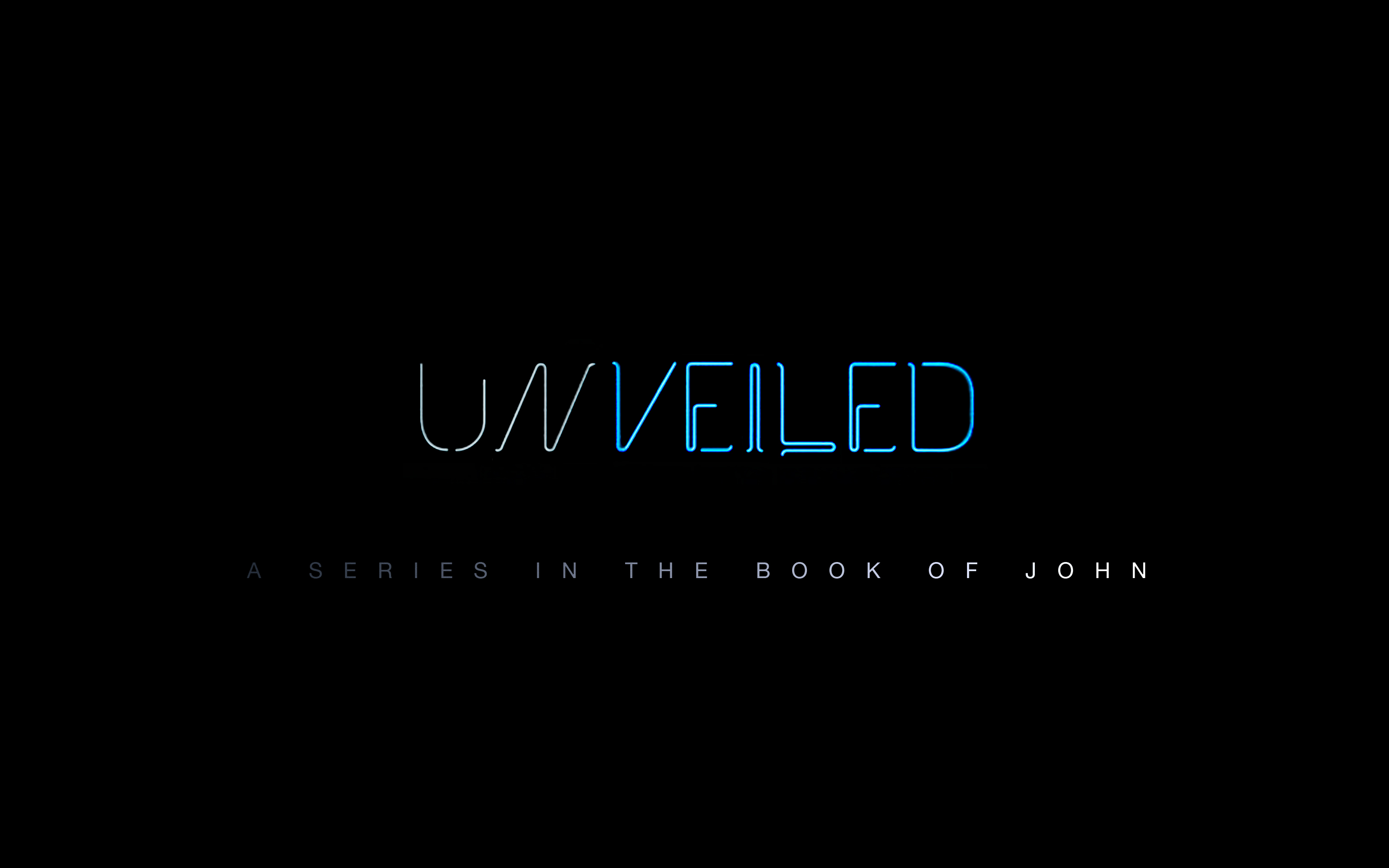The passage we’re looking at this week is John 11. If you want to grab the full study, you can find it here. You can also download this page as a pdf here.
Passage Big Idea
Don’t be troubled that you can’t see the Father, love Jesus and the Spirit guarantees the relationship.
Passage Structure
14:1-4 Don’t be troubled, but Jesus is going to the Father
14:5-7 Jesus is the way to the Father
14:8-14 Jesus’ work says he is one with the Father
14:12-21 Jesus’ Spirit will keep doing the work of the Father
14:22-31 Don’t be troubled, this Spirit is with those who love Jesus
Some things to look out for
Some random thoughts/facts/ideas
– The first few verses a great picture of a family gathering, God’s great house packed with his heavenly family. It looks just like the kind of celebration that Jesus describes in the parable of the prodigal son in Luke 15
– This chapter, and those following, are some of the richest from which we understand the Trinity. The Father is in Jesus in v10-11, the Father will send the Spirit in v16-17 but it is Jesus who says he’s coming to believers in v18, the Father and Son will make their home in believers in v23.
– The phrase ‘if you love me, you will obey my commands’ v15 is often understood as ‘love me by obeying me commands.’ That really turns the logic upside down. It’s not the being obedient will create the love, it’s that as someone loves another they will change over time to do things for the person they love.
Old Testament Background
– There were many times that Israel felt that God had abandoned them and they longed for a time when God would finally come and never leave (Deut 4:31, 1 King 6:11-13, Neh 9:17-19, 2 Chron 12:5-7).
– One of the signs that God would no longer leave was the pouring out of his Spirit so that people could do God’s will (Is 44:3, Ezek 39:29, Joel 2:28-29, Zech 12:10, Jer 24:5-7).
– Often in God’s works showed he was the superior and true God throughout the Old Testament (Ex 7:5, 14:8 or the hilarious defeat of the prophets of Baal in 1 King 18:27-39)
Some possible areas of application
– Christians are sometimes accused of offering ‘pie in the sky when you die,’ that is, something good but a long way off. This passage seems to suggest that the benefits of relationship with God begin right now, as well as heaven.
– People can take v14 as the ticket to anything you want. If this passage says that God’s work begun in Jesus will keep being done by believers, then that should effect what we pray for. Think about what God might do with our lives if we prayed for Jesus’ work continued in us.
– The disciples ask three questions/statements (v5, 8, 22),they are similar to questions today: How do we really get to the higher power?, Can’t you put the real God in front of us? And why can’t everyone see the Christian God?. Try working out the answers from the passage.




